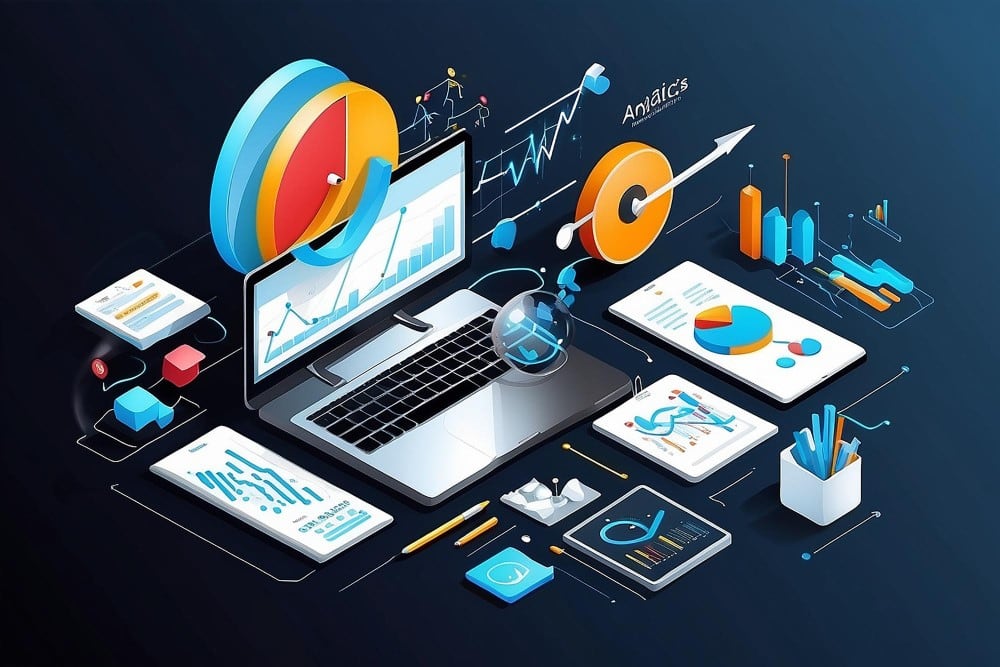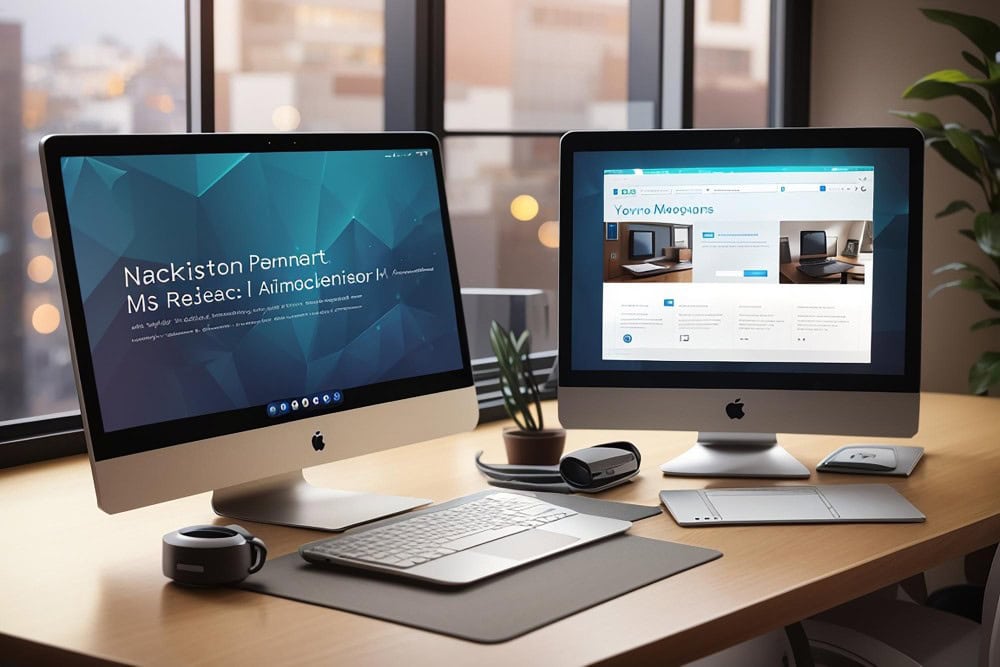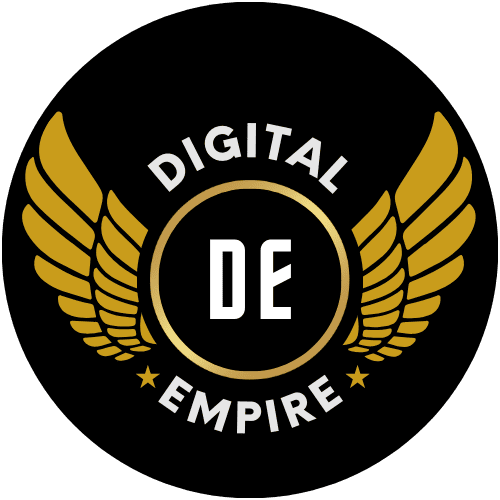
Navigating the world of digital marketing can be daunting for newcomers. At the heart of this dynamic field lies the marketing funnel—a powerful model that illustrates the journey potential customers go through, from first learning about your brand to making a purchase. Understanding and crafting a perfect marketing funnel is crucial for converting strangers into loyal customers. In this guide, we’ll walk through the essential stages of the marketing funnel, providing practical strategies to effectively engage and convert your audience.
Understanding the Marketing Funnel
A marketing funnel represents the theoretical customer’s journey towards the purchase of a product or service. It’s typically divided into several stages—Awareness, Interest, Decision, and Action (AIDA model). This model helps marketers design targeted strategies at each stage, ensuring they effectively nurture their leads from initial contact through to a finalized sale. By understanding each stage of the funnel, marketers can tailor their communications and promotions to guide potential customers deeper into the funnel.
Stage 1: Creating Awareness
The first stage of the marketing funnel is all about visibility. Your potential customers can’t engage with you if they don’t know you exist. At this stage, the goal is to cast a wide net and reach as broad an audience as possible. Effective strategies for boosting awareness include:
- Content Marketing: Publishing valuable content like blogs, articles, and videos not only helps in educating your audience but also boosts your SEO efforts, making your brand more discoverable online.
- Social Media Engagement: Platforms like Facebook, Instagram, and Twitter are excellent for reaching out to a vast audience. Regular posts, interactive polls, and engaging stories can draw attention and generate buzz around your brand.
- SEO and Paid Advertising: Optimizing your website for search engines and investing in paid advertising ensures that your brand appears in search results and social feeds, reaching potential customers actively looking for solutions that you offer.

Stage 2: Generating Interest
Once awareness is secured, the next step is to pique the interest of those prospects. This stage is about making those who’ve noticed your brand want to learn more. Key techniques include:
- Email Marketing: Sending curated emails that deliver more detailed information about the products or services you offer can help nurture leads further down the funnel.
- Targeted Content: Deliver content that addresses the specific needs and pain points of your audience. This could be through more in-depth articles, webinars, or downloadable resources that require a form submission, allowing you to gather more data about the prospects.
- Interactive Tools: Tools like quizzes or assessments engage users more actively and can also provide personalized insights into how your offerings align with their needs.
Stage 3: Facilitating Decision
As prospects move deeper into the funnel, the Decision stage is where they start seriously considering whether to purchase your product or service. At this juncture, your job is to present compelling evidence that your offering is the right choice. Key strategies include:
- Demonstrations and Free Trials: Allowing prospects to experience your product first-hand can significantly influence their purchase decision. Demos and trials reduce the perceived risk and answer critical questions about your product’s functionality.
- Customer Testimonials and Case Studies: Showcasing success stories and endorsements from satisfied customers builds credibility and trust. These can be particularly influential because they provide real-world proof of the benefits and results of your offerings.
- Special Offers and Incentives: Discounts, limited-time offers, or exclusive bundles can create a sense of urgency and make the decision easier by enhancing the perceived value of your offer.
Stage 4: Driving Action
The final stage of the marketing funnel is where you need to turn consideration into action. This stage is all about conversion, ensuring that potential customers do not drop off right before completing a purchase. Effective tactics include:
- Clear and Compelling Calls-to-Action (CTAs): Ensure that CTAs are visible, appealing, and straightforward, guiding customers towards the checkout with ease.
- Simplifying the Checkout Process: A smooth, hassle-free checkout process is critical to preventing cart abandonment. This can involve minimizing the number of steps, offering multiple payment options, and providing clear navigation.
- Excellent Customer Service: Providing responsive and helpful customer service can be the final reassurance customers need to complete their purchases. This also sets the stage for repeat business and referrals.

Optimizing and Refining Your Marketing Funnel
No marketing funnel is perfect on the first try. Continuous testing and refinement are crucial for improving its effectiveness over time. Utilize tools and metrics such as:
- Google Analytics: Monitor how prospects move through your funnel and identify where you’re losing them.
- A/B Testing: Experiment with different elements of your funnel, from landing pages to emails, to find what works best.
- Customer Feedback: Regular feedback can provide insights into customer satisfaction and pinpoint areas for improvement.
Conclusion
Building a successful marketing funnel is both an art and a science. It requires understanding the customer journey, experimenting with different tactics, and continually refining your approach. Remember, the digital marketing landscape is ever-evolving, so staying adaptable and informed is key to your success. Whether you’re just starting out or looking to optimize an existing funnel, the right strategies can dramatically improve your marketing results.






